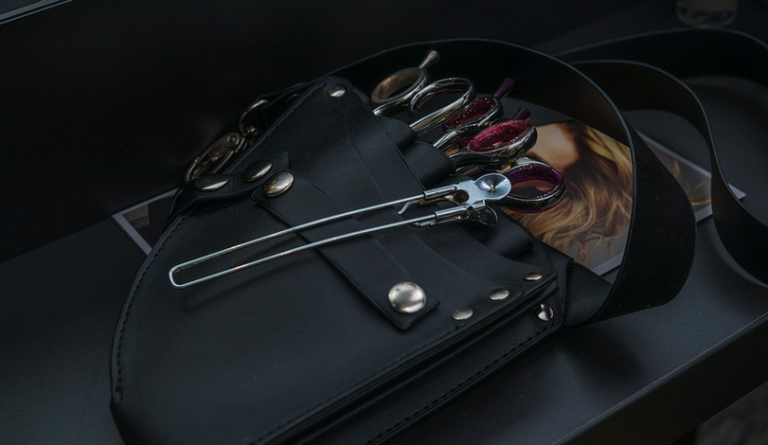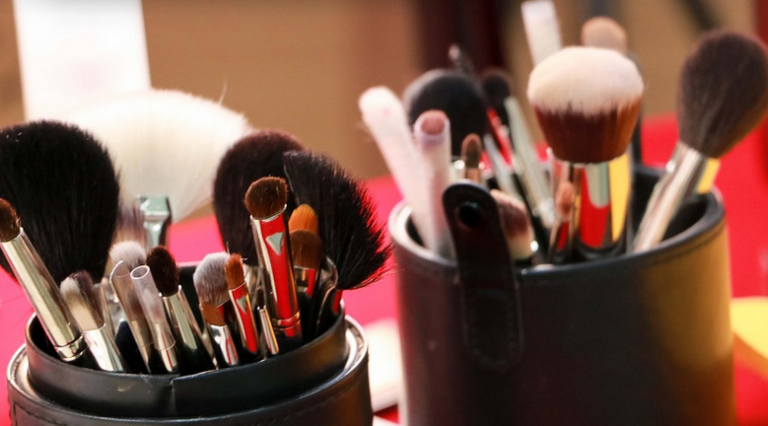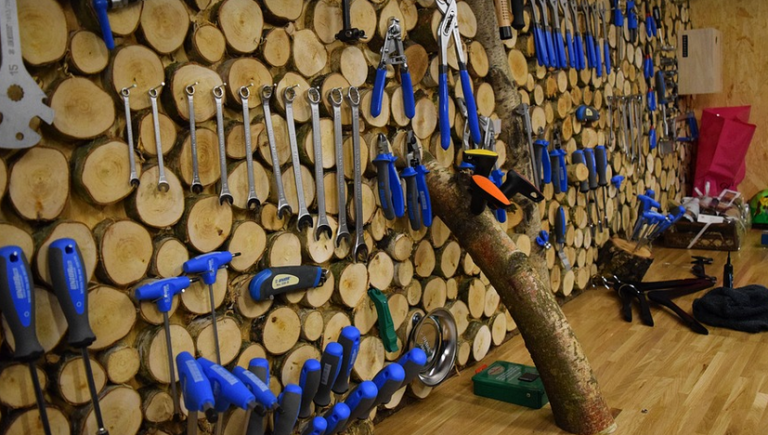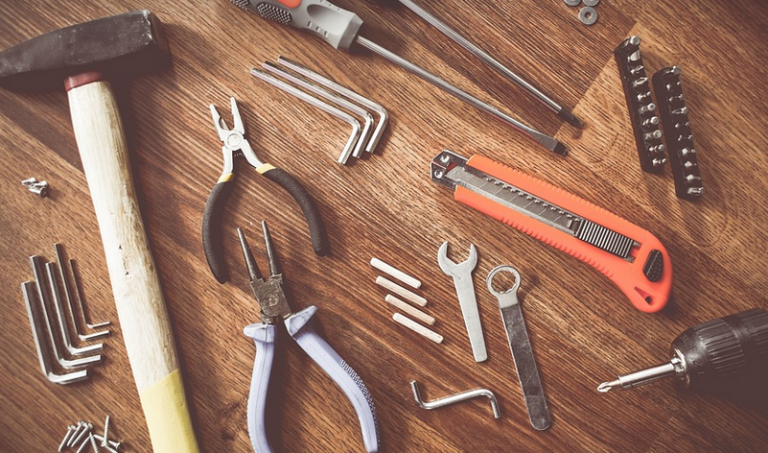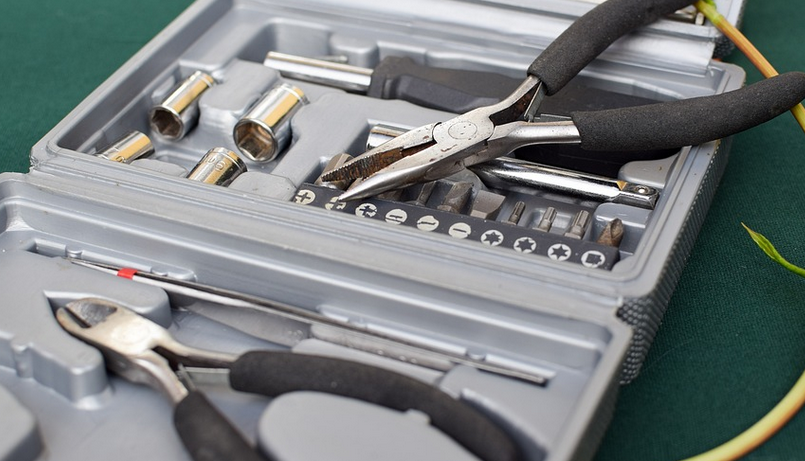
What to Do When Your Honda Snowblower Auger Won’t Turn
A snow-covered driveway can be a real chore, but having a trusty snowblower makes the whole process easier. But then comes that dreaded moment when your Honda snowblower auger refuses to turn. This frustrating situation can leave you staring at a pile of frozen snow and wondering what went wrong. Don’t despair! This guide will walk you through some common causes of an unresponsive auger, offering practical insights and troubleshooting steps.
First things first, let’s acknowledge that diagnosing the problem isn’t always easy. Sometimes, it involves a mix of seemingly unrelated factors. But don’t worry, we’ll break down the most probable culprits.
Possible Reasons for your Honda Snowblower Auger Not Turning
Before you delve into troubleshooting, let’s take a moment to understand what might be causing this issue:
**1. Electrical Malfunction:** A malfunctioning or faulty electrical system can often lead to the auger failing to turn on. Check for loose connections and ensure that all wiring is intact and free from damage. Look at the ignition switch, battery terminals, and starter solenoid; any signs of corrosion may indicate a problem.
**2. Fuel Supply Issues:** Your Honda snowblower requires fuel to function correctly. If there’s an issue with the carburetor or fuel lines, it could impede the auger’s operation. Always check the fuel level, and ensure that the fuel filter is clean. If you suspect a blockage in the fuel line, a simple visual inspection can often reveal the problem.
**3. Clutch and Drive System:** The clutch system is crucial for connecting power to the auger. If the clutch isn’t engaging or activating properly, it can lead to the auger not turning. * **Check the clutch lever position:** Ensure that you’re operating the snowblower in the proper mode (forward or reverse) and the clutch lever is activated correctly.
**4. Auger Drive Belt:** The drive belt transmits power from the engine to the auger. If it’s worn, frayed, or has broken, it can cause the auger not to turn properly. Regularly inspect the belt for any signs of wear and tear. When replacing a belt, ensure it’s the correct size and type recommended by Honda.
**5. Auger Gearbox:** The gearbox is responsible for transferring power from the engine to the auger. Check for any worn or damaged gears within the gearbox. If you’ve noticed grinding noises while using the snowblower, this could indicate a problem with the gear system.
Troubleshooting Steps: A Step-by-Step Approach
Now that we understand potential causes, let’s move on to practical troubleshooting steps:
**1. Inspect for Obstructions:** Before you start any more complex checks, it’s always essential to check for any obvious obstructions or clogs. Carefully examine the auger discharge opening and the chute path for debris. Remove any blockages that may be hindering the auger’s function.
**2. Check Spark Plugs:** The ignition system is crucial for starting your snowblower. A faulty spark plug can lead to a lack of power, causing the auger not to turn. Inspect the spark plugs and ensure they are clean and properly installed. If you’re uncomfortable working with those components, you should seek professional help.
**3. Engage Safety Features:** Before inspecting any internal parts, always adhere to safety precautions. Start by turning off the snowblower and making sure that the engine is not running. Ensure that all safety features (like the safety switch on the throttle lever) are engaged before working on your snowblower.
**4. Air Filter Check:** A dirty air filter can restrict airflow, hindering the auger’s ability to turn properly. If you suspect a clogged air filter, replace it with a fresh one.
**5. Consult the Owner’s Manual:** Your owner’s manual is your best friend when troubleshooting. It contains detailed information on your specific snowblower model and provides valuable tips for diagnosis. The manual will also have instructions on how to safely service and maintain your snowblower.
If You’re Still Stuck: Seeking Professional Help
If you’ve diligently gone through the steps above, and still haven’t resolved the issue, don’t hesitate to reach out for professional assistance. Engaging a qualified technician can save time and avoid further damage. A service center will have the expertise and tools to diagnose and fix the problem accurately.
Remember that safety is paramount when working on your snowblower. Always follow recommended safety procedures and consult with experts when needed.
